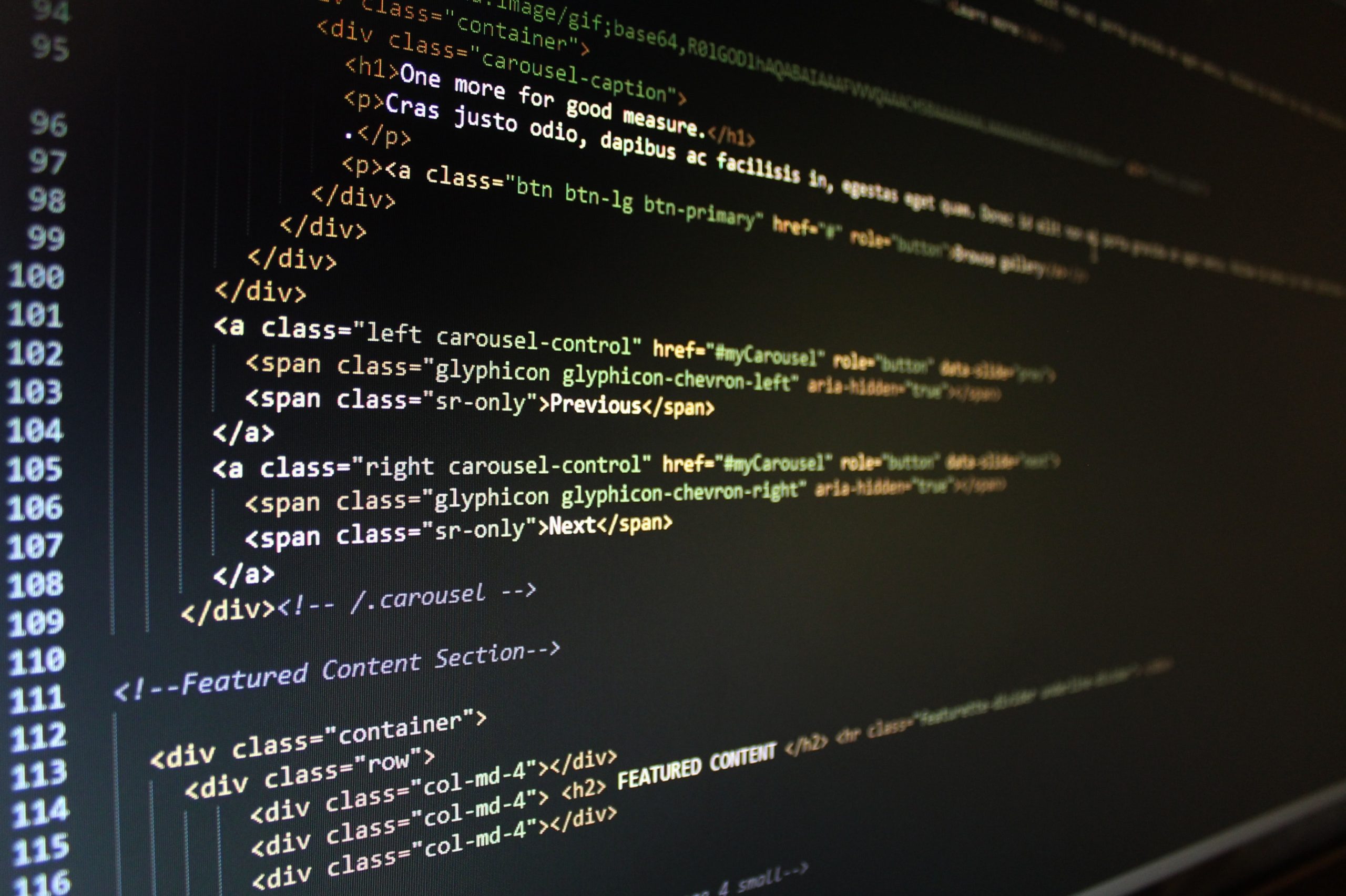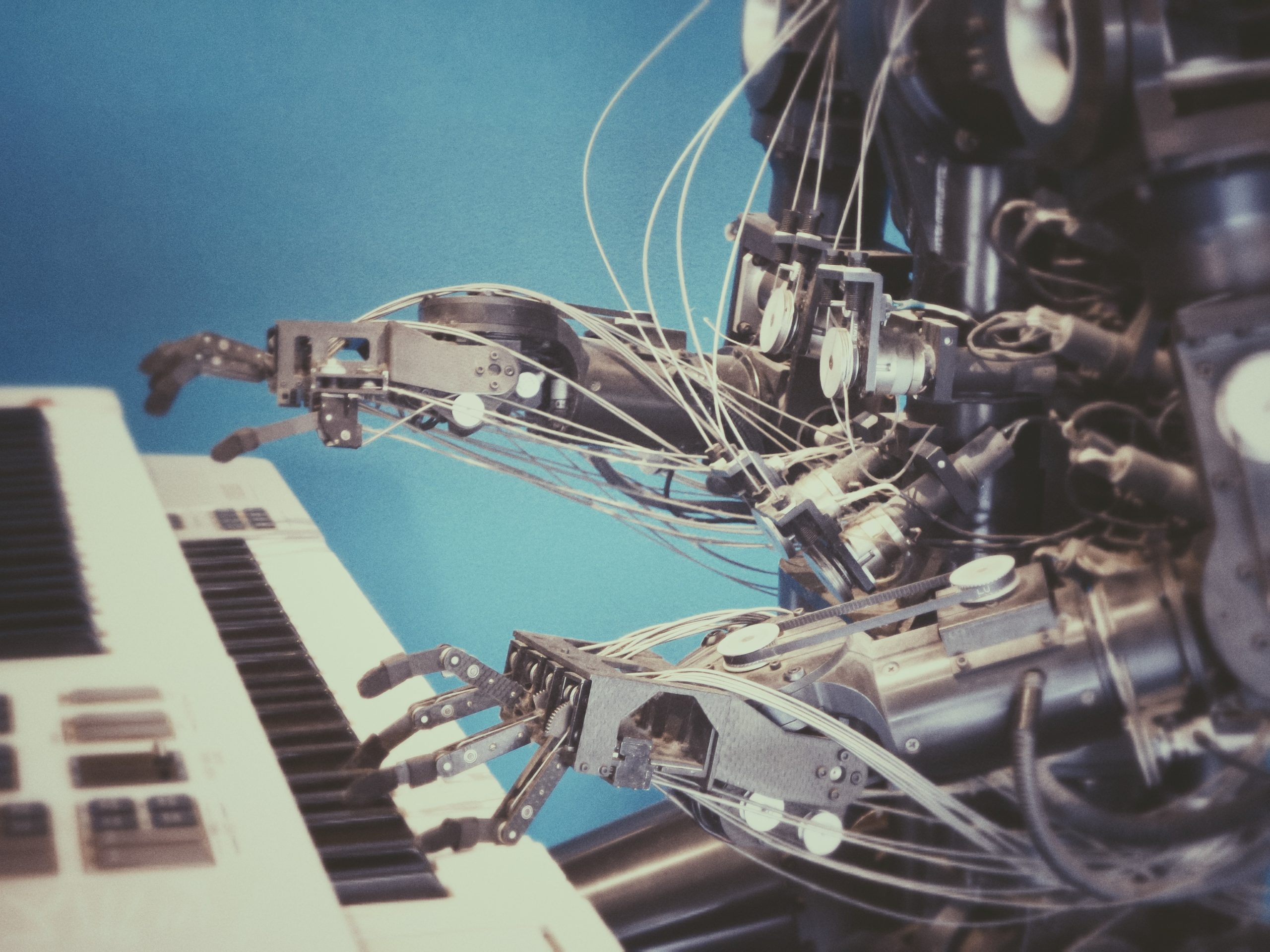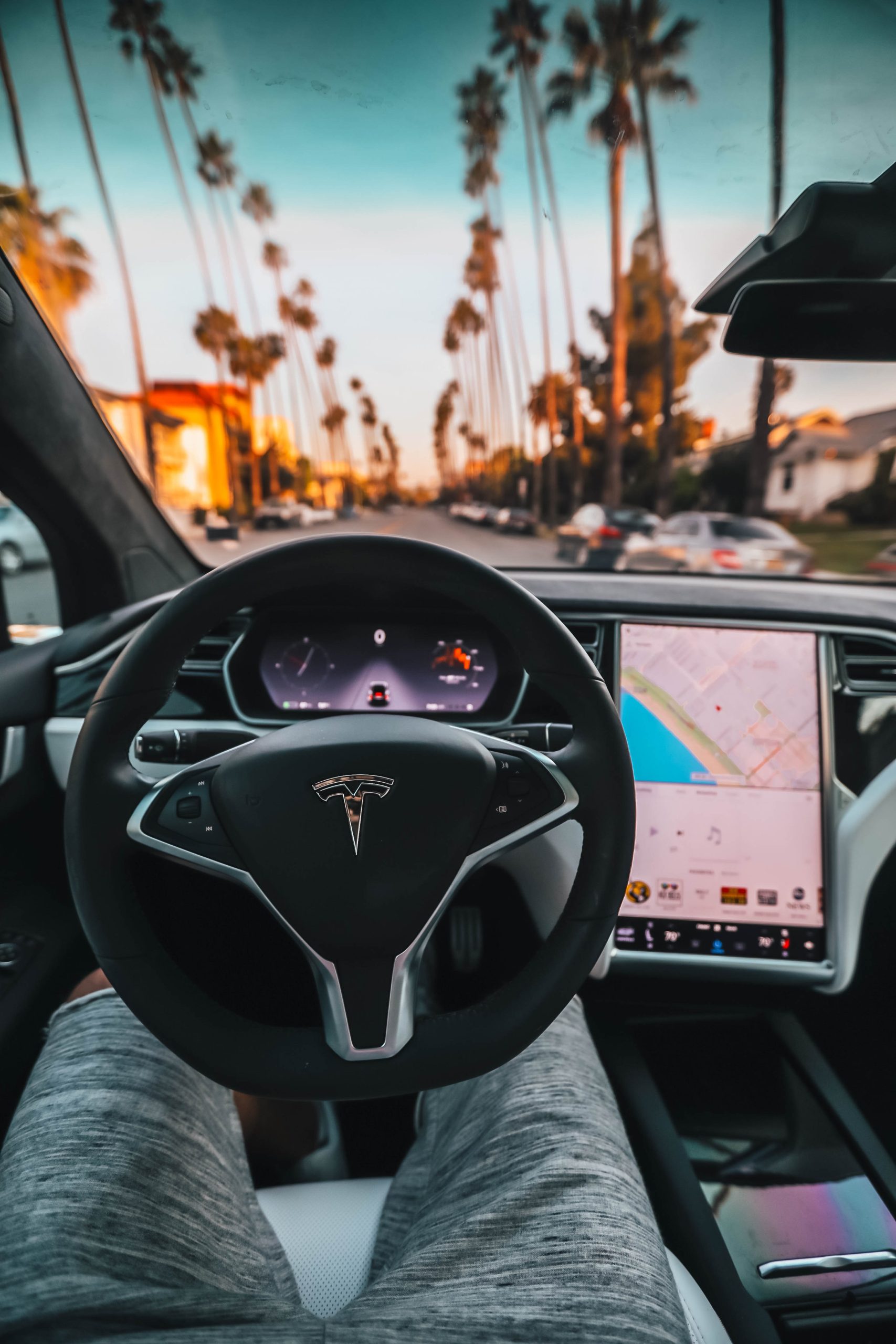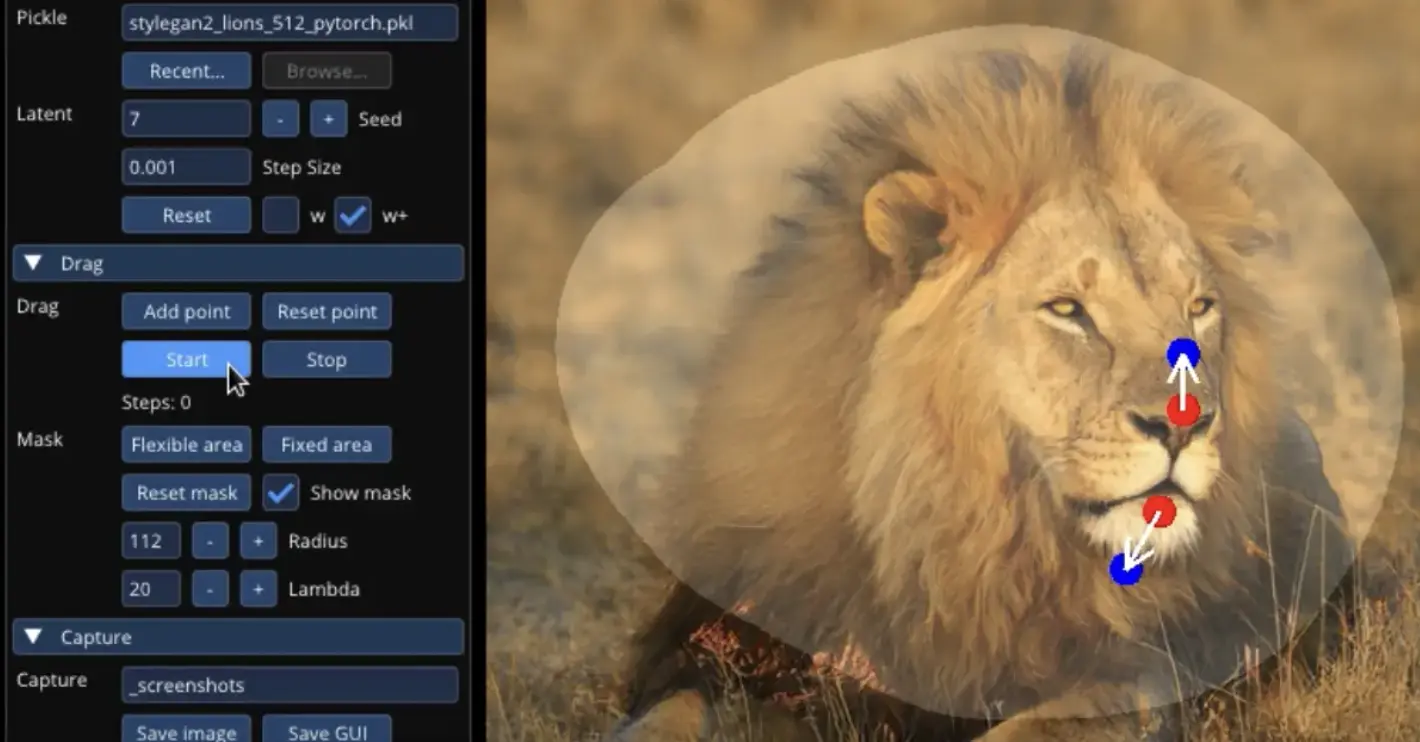The rise of Artificial Intelligence (AI) has been nothing short of remarkable in the past few years, and its applications are only expected to continue expanding over the coming years. By 2023, AI is projected to become an integral part of our lives – from business operations to healthcare, education, and even our social lives. To remain competitive in a world powered by AI, organizations must have access to the best AI tools available.

Tool #1: Natural Language Processing
Natural Language Processing (NLP) is an AI tool that enables machines to understand, interpret, and manipulate human language. NLP can be used for a variety of tasks such as text classification, sentiment analysis, automatic summarization, machine translation, question-answering systems, and more. NLP algorithms are powered by deep learning models that are trained on large datasets of natural language text. The use of deep learning in NLP has enabled the development of powerful tools such as Google Translate and chatbots. With advancements in Natural Language Processing technologies, it is expected that these tools will become even more accurate and useful in the near future. For example, voice-controlled virtual assistants like Siri or Alexa may soon be able to recognize nuances in speech which would enable them to significantly improve their accuracy and understanding of user input.

Tool #2: Robotics Process Automation
Robotics Process Automation (RPA) is a technology used to automate manual and labor-intensive tasks. It is often used in combination with artificial intelligence (AI) and machine learning to automate processes that are too complex for humans alone. RPA works by automating repetitive tasks and workflows, such as data entry or customer service interactions, thus allowing businesses to focus on more meaningful activities. Additionally, RPA can be applied across the entire enterprise, including customer service departments, human resources, finance departments, operations teams, etc. Benefits of using robotics process automation include reduced costs due to automation of labor-intensive processes; improved accuracy in data processing; faster task completion times; improved compliance with regulations; better customer satisfaction; and improved employee morale due to less tedious work. Robotics process automation is an invaluable tool for companies looking to increase efficiency and reduce costs in their operations.

Tool #3: Machine Learning Platforms
Machine Learning Platforms are a set of tools and services integrated into one platform that allow developers to create, deploy, manage, and monitor AI applications. These platforms usually provide access to popular machine learning libraries such as TensorFlow or Scikit-Learn, allowing developers to quickly develop models without having to write code from scratch. Additionally, they offer pre-trained models for common tasks such as image classification or natural language processing (NLP). This makes it easier for developers with limited deep learning experience to get up and running with ML projects. In addition, many platforms come with cloud computing support so you can scale your applications as needed. Finally, these platforms often include robust monitoring capabilities which provide performance metrics on deployed ML models in real time. All of these features make Machine Learning Platforms an invaluable tool for any developer looking to take advantage of the potential of AI technologies in their projects.

Tool #4: Computer Vision Technology
Computer Vision Technology is an AI tool that helps machines to understand and interpret digital images and videos. It can be used for a variety of tasks, such as object detection, facial recognition, image classification, segmentation, and captioning. This technology can also be used for automated surveillance purposes and in self-driving vehicles to detect obstacles in the environment. It has a wide array of applications across different industries from retail to healthcare. In retail, Computer Vision Technology can provide valuable insights about customer behavior by analyzing visual data from store cameras. In healthcare, it is used for diagnosing diseases or detecting anomalies in medical images such as X-rays or CT scans. Another great application is autonomous robots which use Computer Vision Technology to navigate their environment. With the help of this technology computers can now “see” the world around them allowing them to interact with it more efficiently than ever before.

Tool #5: Autonomous Vehicles
Autonomous vehicles (AVs) are a type of vehicle that can sense its environment and navigate without human input. They use a combination of sensors, GPS mapping data, and Artificial Intelligence (AI) to drive safely and efficiently. The technology behind AVs is rapidly advancing, with companies such as Waymo, Cruise, Lyft and Tesla leading the way in creating self-driving cars. These companies are working hard to make sure their AVs meet safety standards while also providing an enjoyable driving experience. Autonomous vehicles will allow for smoother traffic flow by eliminating the need for drivers to manually switch lanes or take turns at intersections. In addition, they will reduce the risk of collisions due to distracted or impaired drivers since autonomous vehicles have no emotion or impulse control issues. Finally, these advanced technologies promise to reduce energy consumption through better route planning and improved fuel efficiency over traditional cars. Ultimately, autonomous vehicles are transforming the way we travel – giving us more freedom on the roads while keeping us safe from harm’s way at all times.

Tool #6: DragGAN AI Editing Tool

The DragGAN AI editing tool offers a revolutionary drag-and-drop interface for seamless image manipulation. This tool simplifies the creation of high-quality visuals, making it an invaluable asset for content creators aiming to enhance their digital media. With DragGAN, users can produce professional-grade images effortlessly, streamlining their content creation process and boosting overall efficiency.
Conclusion: Future of AI
AI is a rapidly evolving field that has seen great advances in the last few years. The future of AI will move from being experimental to becoming an essential tool for businesses, governments and organizations all over the world. In 2023, it is expected that AI tools will become even more accessible and integrated into our everyday lives. We can expect to see AI-powered assistants helping make decisions, as well as self-driving cars and robots taking on more complex tasks in different settings. It’s also likely that this technology will find its way into healthcare, finance, education and other industries where it can be used to increase efficiency while reducing costs. As these powerful tools become available to more people, we can expect them to revolutionize how we work and live. Furthermore, with increased research and development into machine learning algorithms and deep neural networks, there will be ever greater opportunities for us to use AI in creative ways that benefit humanity at large.
Matej Milohnoja
Related posts
New Articles
Dental Assistant Salary: Trends and State-by-State Breakdown
As one of the fastest-growing allied health professions, dental assisting continues to offer strong job prospects and appealing compensation. Whether…


